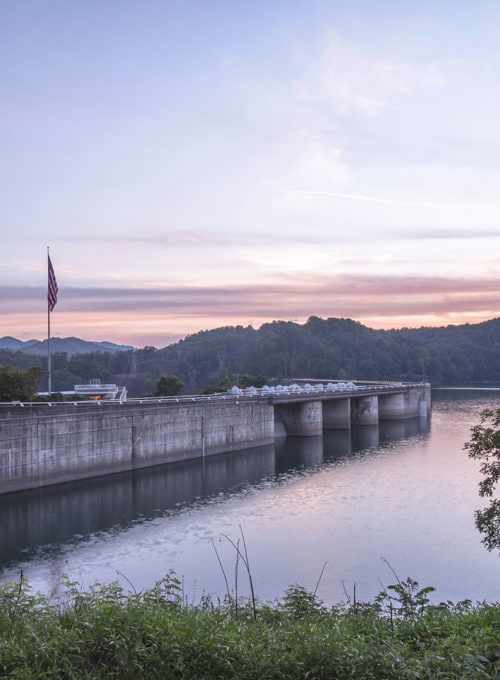About the National Park Service
In 1916, President Woodrow Wilson signed the Organic Act, which established the National Park Service (NPS). Its goal is to “conserve the scenery and the natural and historic objects and the wildlife therein and … leave them unimpaired for the enjoyment of future generations.”
The NPS now manages 63 national parks and hundreds of monuments, historic sites, seashores, scenic trails, riverways, and more across the U.S. and its territories. According to the NPS, there are more than 20,000 NPS employees who care for both the protected land and its visitors.
Many of these employees are park rangers, who support programming at national parks, staff visitor centers, and offer guided tours. While programming varies by park, the Junior Ranger program and Every Kid Outdoors are nationwide programs. Local programs can be found on each park’s individual website by navigating to “Things To Do” in the “Plan Your Visit” menu.
List of all 63 U.S. national parks
| Name | State | Year Founded | Visitors (2021) |
| Acadia | Maine | 1919 | 4,069,098 |
| American Samoa | American Samoa | 1988 | 8,495 |
| Arches | Utah | 1971 | 1,806,865 |
| Badlands | South Dakota | 1978 | 1,224,226 |
| Big Bend | Texas | 1978 | 581,220 |
| Biscayne | Florida | 1980 | 705,655 |
| Black Canyon of the Gunnison | Colorado | 1999 | 308,910 |
| Bryce Canyon | Utah | 1928 | 2,104,600 |
| Canyonlands | Utah | 1964 | 911,594 |
| Capitol Reef | Utah | 1971 | 1,405,353 |
| Carlsbad Caverns | New Mexico | 1930 | 349,244 |
| Channel Islands | California | 1980 | 319,252 |
| Congaree | South Carolina | 2003 | 215,181 |
| Crater Lake | Oregon | 1902 | 647,751 |
| Cuyahoga Valley | Ohio | 2000 | 2,575,275 |
| Death Valley | California | 1994 | 1,146,551 |
| Denali | Alaska | 1917 | 229,521 |
| Dry Tortugas | Florida | 1992 | 83,817 |
| Everglades | Florida | 1934 | 942,130 |
| Gates of the Arctic | Alaska | 1980 | 7,362 |
| Gateway Arch | Missouri | 2018 | 1,145,081 |
| Glacier | Montana | 1910 | 3,081,656 |
| Glacier Bay | Alaska | 1980 | 89,768 |
| Grand Canyon | Arizona | 1919 | 4,532,677 |
| Grand Teton | Wyoming | 1929 | 3,885,230 |
| Great Basin | Nevada | 1986 | 144,875 |
| Great Sand Dunes | Colorado | 2004 | 602,613 |
| Great Smoky Mountains | Tennessee | 1934 | 14,161,548 |
| Guadalupe Mountains | Texas | 1966 | 243,291 |
| Haleakala | Hawaii | 1961 | 853,181 |
| Hawaii Volcanoes | Hawaii | 1916 | 1,262,747 |
| Hot Springs | Arkansas | 1921 | 2,162,884 |
| Indiana Dunes | Indiana | 2019 | 3,177,210 |
| Isle Royale | Michigan | 1940 | 25,844 |
| Joshua Tree | California | 1994 | 3,064,400 |
| Katmai | Alaska | 1980 | 24,764 |
| Kenai Fjords | Alaska | 1980 | 411,782 |
| Kings Canyon | California | 1940 | 562,918 |
| Kobuk Valley | Alaska | 1980 | 11,540 |
| Lake Clark | Alaska | 1980 | 18,278 |
| Lassen Volcanic | California | 1916 | 359,635 |
| Mammoth Cave | Kentucky | 1941 | 515,774 |
| Mesa Verde | Colorado | 1906 | 548,477 |
| Mount Rainier | Washington | 1899 | 1,670,063 |
| New River Gorge | West Virginia | 2020 | 1,682,720 |
| North Cascades | Washington | 1968 | 17,855 |
| Olympic | Washington | 1938 | 2,718,925 |
| Petrified Forest | Arizona | 1962 | 590,334 |
| Pinnacles | California | 2013 | 348,857 |
| Redwood | California | 1968 | 435,879 |
| Rocky Mountain | Colorado | 1915 | 4,434,848 |
| Saguaro | Arizona | 1994 | 1,079,786 |
| Sequoia | California | 1890 | 1,059,548 |
| Shenandoah | Virginia | 1935 | 1,592,312 |
| Theodore Roosevelt | North Dakota | 1978 | 796,085 |
| Virgin Islands | U.S. Virgin Islands | 1956 | 323,999 |
| Voyageurs | Minnesota | 1971 | 243,042 |
| White Sands | New Mexico | 2019 | 782,469 |
| Wind Cave | South Dakota | 1903 | 709,001 |
| Wrangell – St. Elias | Alaska | 1980 | 50,189 |
| Yellowstone | Wyoming, Montana, Idaho | 1872 | 4,860,242 |
| Yosemite | California | 1890 | 3,287,595 |
| Zion | Utah | 1919 | 5,039,835 |
Cost for visiting national parks
Each national park charges its own vehicle entry—usually around $30—or per-person fee, while a few parks offer free admission year-round. Entrance for children ages 15 and under is free.
National parks with no entrance fees include:
- Biscayne National Park
- Channel Islands National Park
- Congaree National Park
- Cuyahoga Valley National Park
- Gates of the Arctic National Park and Preserve
- Great Basin National Park
- Great Smoky Mountains National Park
- Hot Springs National Park
- Kenai Fjords National Park
- Kobuk Valley National Park
- Lake Clark National Park & Preserve
- New River Gorge National Park & Preserve
- North Cascades National Park
- Redwood National Park* (some areas of the adjoining state park have a day-use fee)
- Voyageurs National Park
- Wrangell-St. Elias National Park
The NPS announces entrance-free days for some national holidays and other celebrations each year. For 2023 there are five entrance-free days: Martin Luther King Jr.’s birthday (January 16), the first day of National Park Week (April 22), the anniversary of the Great American Outdoors Act (August 4), National Public Lands Day (September 23), and Veterans Day (November 11).
Tickets and reservations at national parks
In recent years, national parks have experienced a record number of visitors. This has led some parks to require advance reservations for entry or certain activities, including shuttles and hikes. To avoid any disappointment, do your research ahead of your visit. Each individual park’s website will have information on whether tickets are required, and many reservations can be made on Recreation.gov. Popular parks with advance ticketing for some or all areas include Acadia, Arches, Glacier, Yosemite, and Zion.
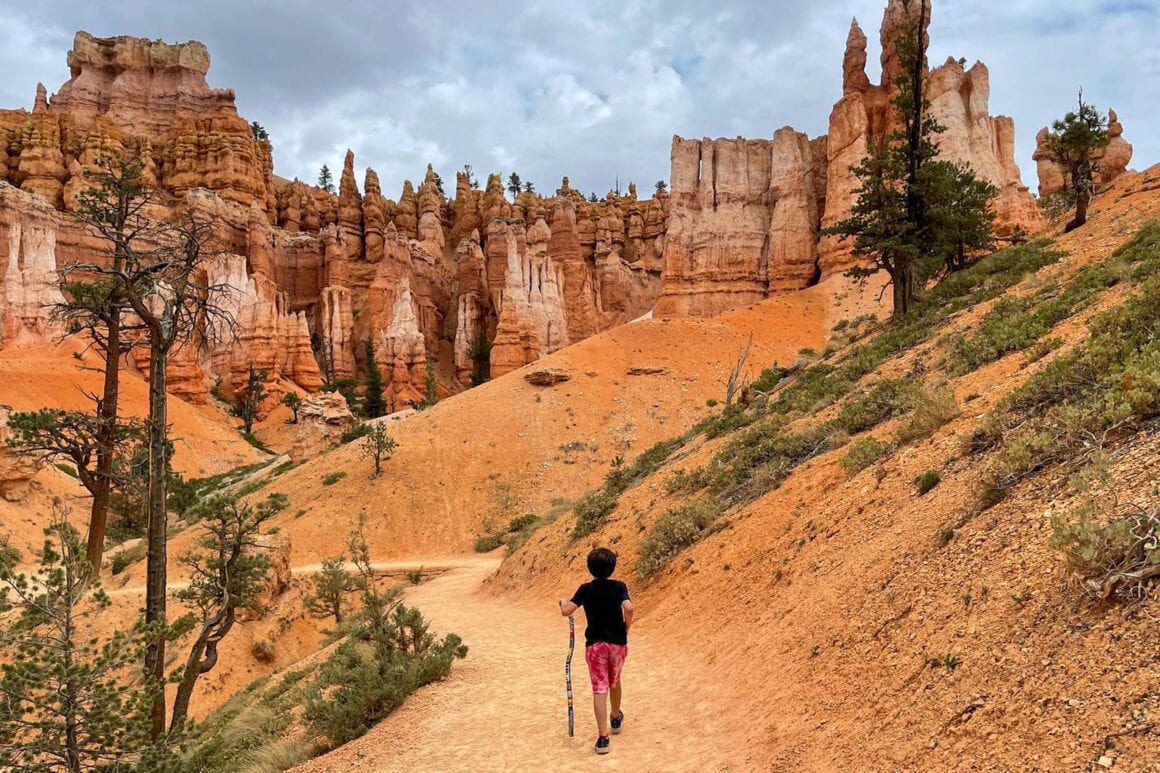

Everything you need to know about the America the Beautiful Pass
If you frequent national parks, national forests, and other federal lands, an annual pass can help you save money when traveling.
Discounts and passes at national parks
Frequent national park visitors can save big on entrance fees by purchasing an annual America the Beautiful Pass, which is valid at areas managed by the National Park Service, Forest Service, Fish and Wildlife Service, Bureau of Land Management, Bureau of Reclamation, and U.S. Army Corps of Engineers.
The pass costs $80 and covers entrance for up to four adults traveling in the same vehicle. Passes expire 12 months from the month of purchase on the last day of the month. The pass can be ordered online, via phone at 888-275-8747, or purchased in person at many federal recreation areas.
All current U.S. military members and dependents as well as veterans and Gold Star Family members receive free entrance to all parks through a special military pass. Seniors are able to purchase a discounted lifetime or annual senior pass. Those with permanent disabilities are eligible for a free lifetime pass; volunteers with a certain number of service hours are eligible for free annual passes. Children who are in fourth grade receive free access for their families for a full year (September through August) through the Every Kid Outdoors program. More information on all these passes can be found here.
Use the NPS App to view park maps, accessibility information, alerts, and more. You can also download content for offline use.

Preparing for a national park visit
A visit to a national park is made better with research, planning, and backup options. You’ll be enjoying the outdoors so expect encounters with wildlife—including bugs—and, depending on when and where you visit, inclement weather.
Visiting national parks with kids
With free entry and educational programming, make a national park your next family vacation.
Visiting national parks with pets
Not all national parks are pet-friendly. While many allow leashed pets at campgrounds and some trails, there are restrictions. Learn more about the B.A.R.K. Ranger program, and consider a nearby kennel if needed.
Visiting national parks by RV
RVing is a popular way to visit national parks. Make sure you know your RV’s height and length restrictions before planning a trip so you can make sure your rig fits at campsites and on roads.
Accessibility at national parks
The NPS has its own Accessibility Task Force to recommend changes for improving accessibility at park units. All permanently disabled U.S. residents are eligible for free park entry. You can learn more about each park’s accessibility levels on its website under the “Plan Your Visit” menu.
Seasonality at national parks
Some national parks close or have limited access on a seasonal basis due to weather conditions. You can view this information on each park’s website under the “Plan Your Visit” menu. Information will be listed under “Basic Information > Operating Hours & Seasons.”
Acknowledging national park history
Learn more about the history of national parks, and the people who first protected them and helped make them what they are today.
Recreate Responsibly and Leave No Trace
The NPS supports the Leave No Trace Seven Principles and Recreate Responsibly. Learn more about these campaigns below.
The NPS recommends 10 items for national park visits: navigation (map, compass, and GPS system), sun protection (sunglasses, sunscreen, and hat), insulation (jacket, hat, gloves, rain shell, and underlayers), illumination (flashlight, headlamp, and lantern), first-aid supplies, fire starters, repair kit and tools (duct tape, knife, screwdriver, and scissors), nutrition, hydration, and an emergency shelter (tent, space blanket, tarp, and bivy).
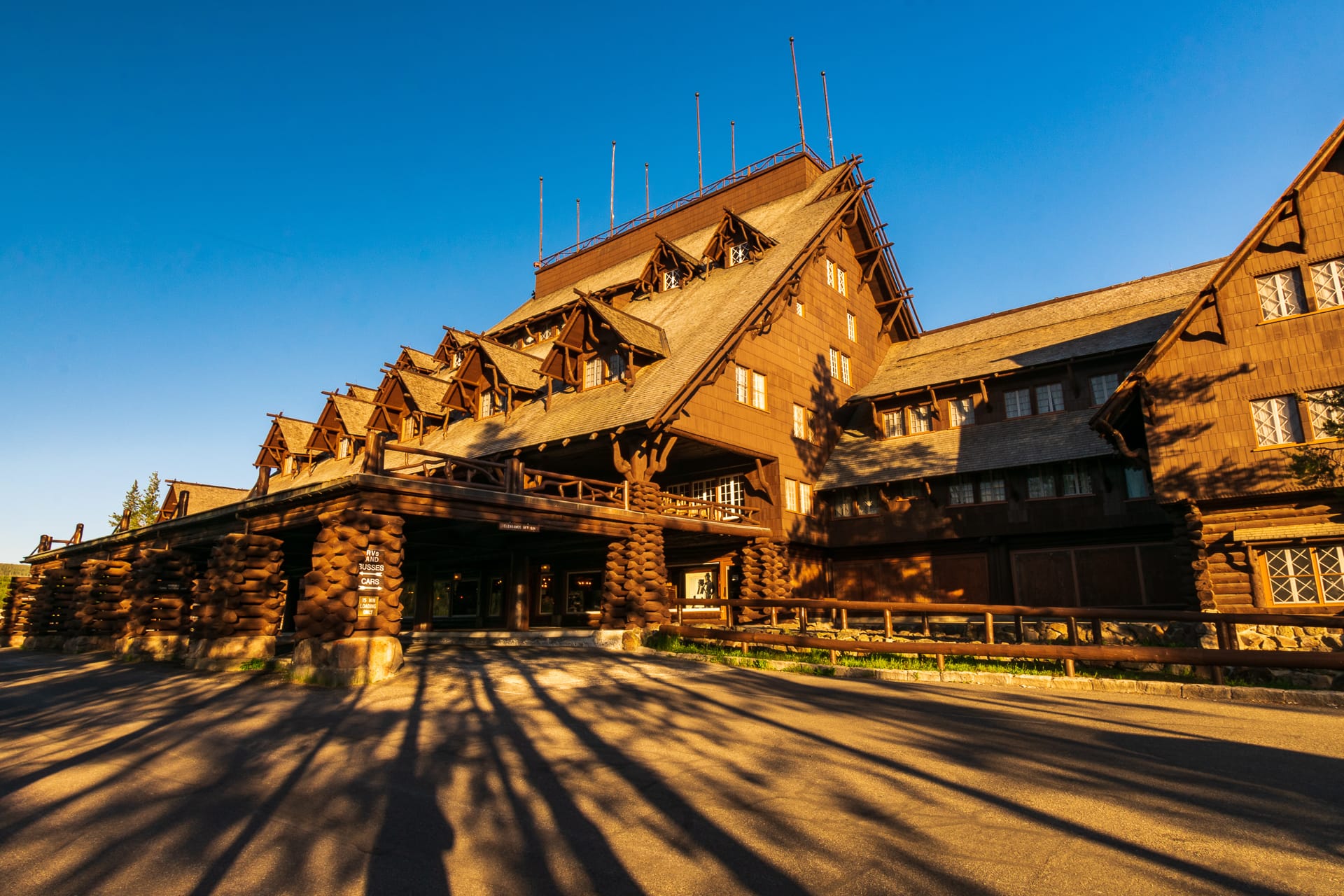
Camping and lodging at national parks
Most national parks offer convenient accommodations in the form of lodges and campgrounds inside the park’s grounds. There are more than 130 campgrounds to choose from within the 63 parks and nearly half of the parks offer in-park lodging.
Camping at national parks
Most campground reservations can be made in advance through Recreation.gov, although this varies by park. Some sites are available on a first-come, first-served basis. Nightly rates and other fees vary by park and will be listed on each park’s website.
To find camping information for each park, visit the park’s website and navigate to the “Plan Your Visit” menu. Lodging and camping information will be listed under “Eating & Sleeping.” Most popular campgrounds fill up the day the reservation booking window opens, which can be anywhere from 14 days to 12 months in advance of travel dates. Make sure to mark your calendar and make bookings as soon as you can.
Note that many national park campgrounds are limited in amenity offerings and site size. Depending on your camping style and rig size, you might consider a private campground in a gateway town. Glamping sites are also cropping up in the areas surrounding many popular national parks and can be convenient for families or those looking to bridge sleeping outdoors with creature comforts.
Lodging at national parks
Almost half of U.S. national parks—including Badlands, Death Valley, Glacier, Grand Canyon, Yellowstone, Yosemite, and Zion—offer in-park lodging, typically through park concessionaires. Like campgrounds, rooms book well in advance, so make your reservations as early as possible. Most lodges have their own websites for booking and additional information.
Guides to popular national parks
Find out more information and plan a trip with these guides to popular U.S. national parks.
Guides to lesser-visited national parks
Consider a visit to these national parks that are equally beautiful but less trafficked than some of their counterparts.






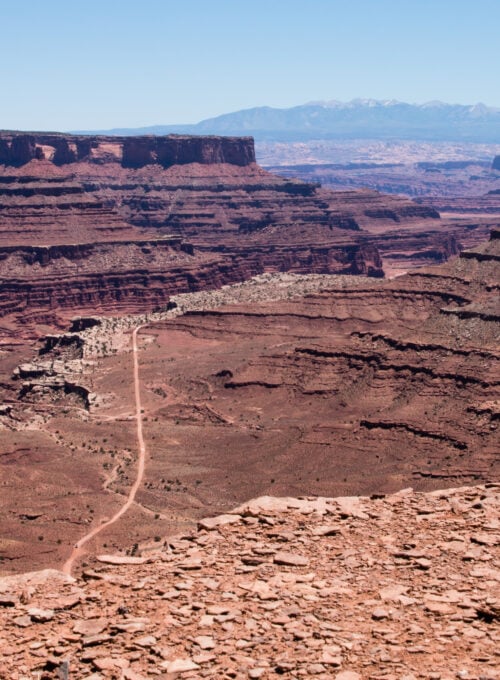




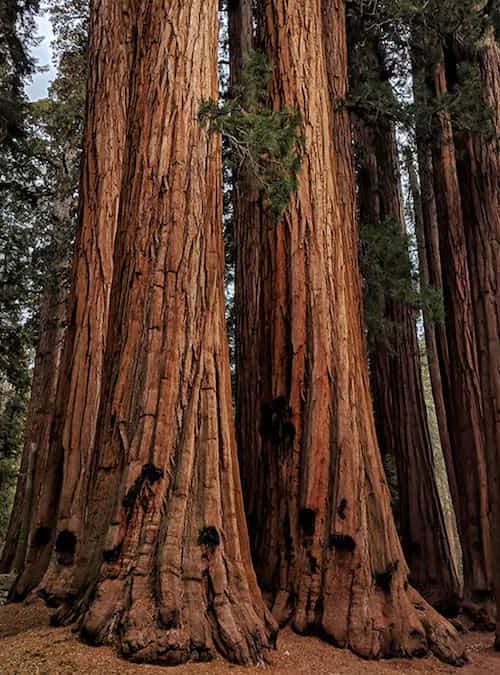



![5 of the most wheelchair accessible national parks in the U.S. [Campendium]](https://roadtrippers.com/wp-content/uploads/2022/10/accessible-parks-2-800x533-1-500x533.jpg)




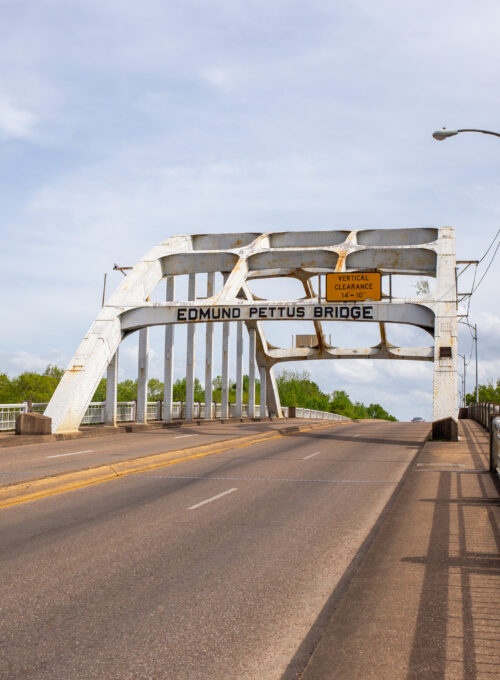





![How to Leave No Trace: Boondocking Edition [Campendium]](https://roadtrippers.com/wp-content/uploads/2020/04/shutterstock_1106316416-500x680.jpg)












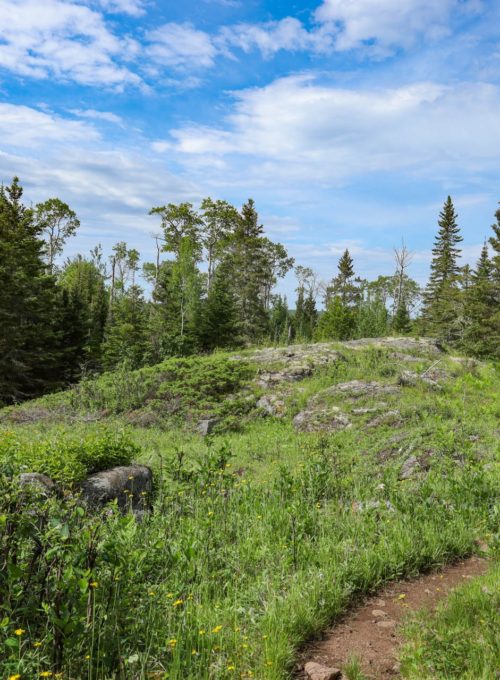






![California national parks by RV [Togo RV]](https://roadtrippers.com/wp-content/uploads/2022/04/death-valley-national-park-500x680.jpg)

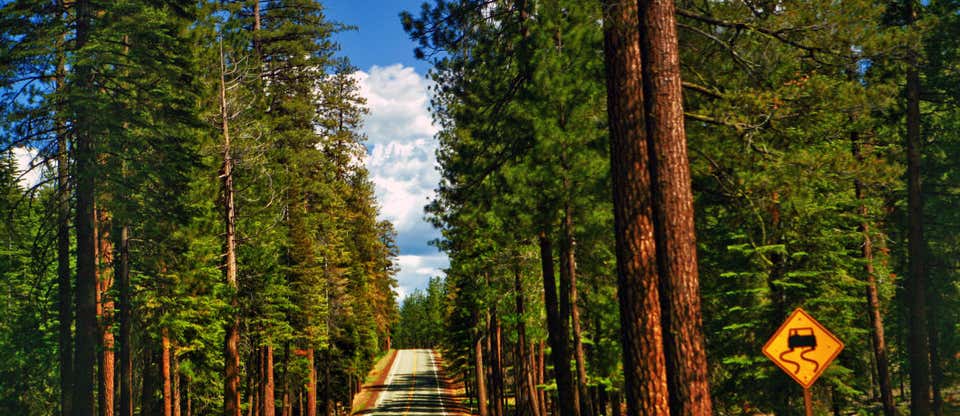

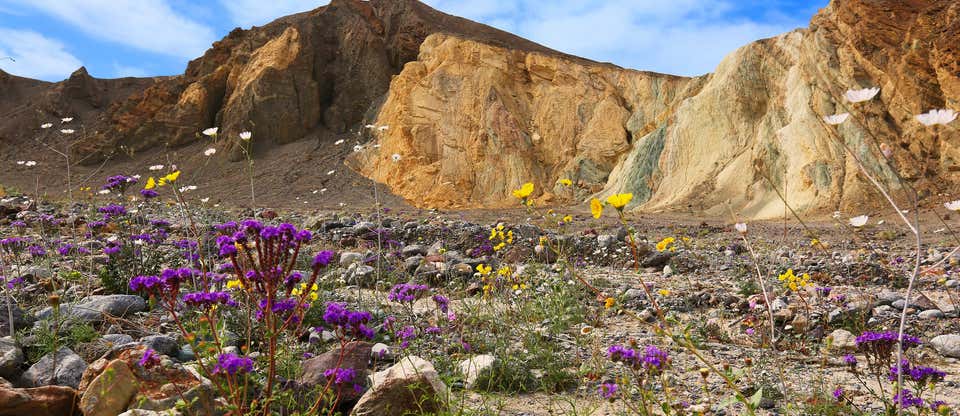
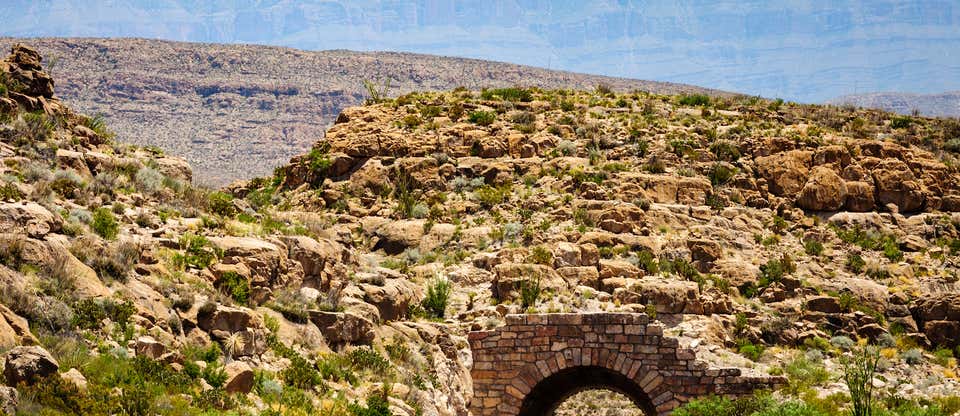

![Visiting Florida’s National Parks and Forests by RV [Togo RV]](https://roadtrippers.com/wp-content/uploads/2022/01/florida-keys-rving-12-500x680.jpg)


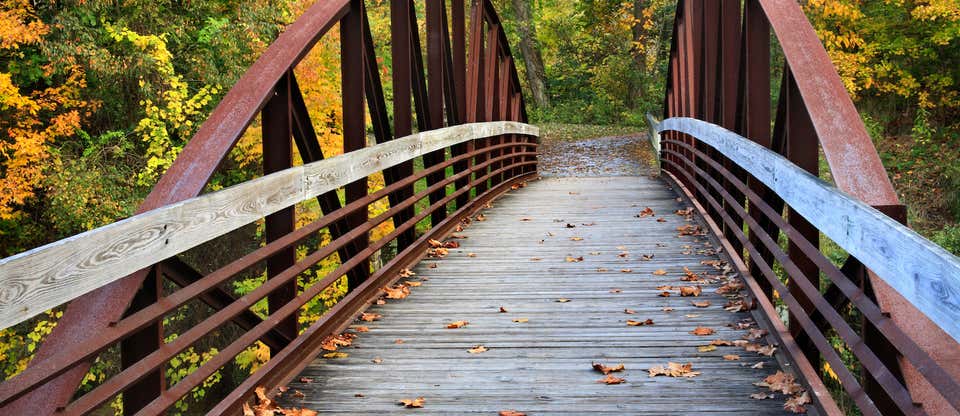



![4 National Parks in the Southeast Worth Visiting by RV [Togo RV]](https://roadtrippers.com/wp-content/uploads/2020/01/congaree-national-park-7-500x680.jpg)
![A Campers Guide to The Newest National Park: New River Gorge [Campendium]](https://roadtrippers.com/wp-content/uploads/2021/12/shutterstock_1810679743-500x680.jpg)

